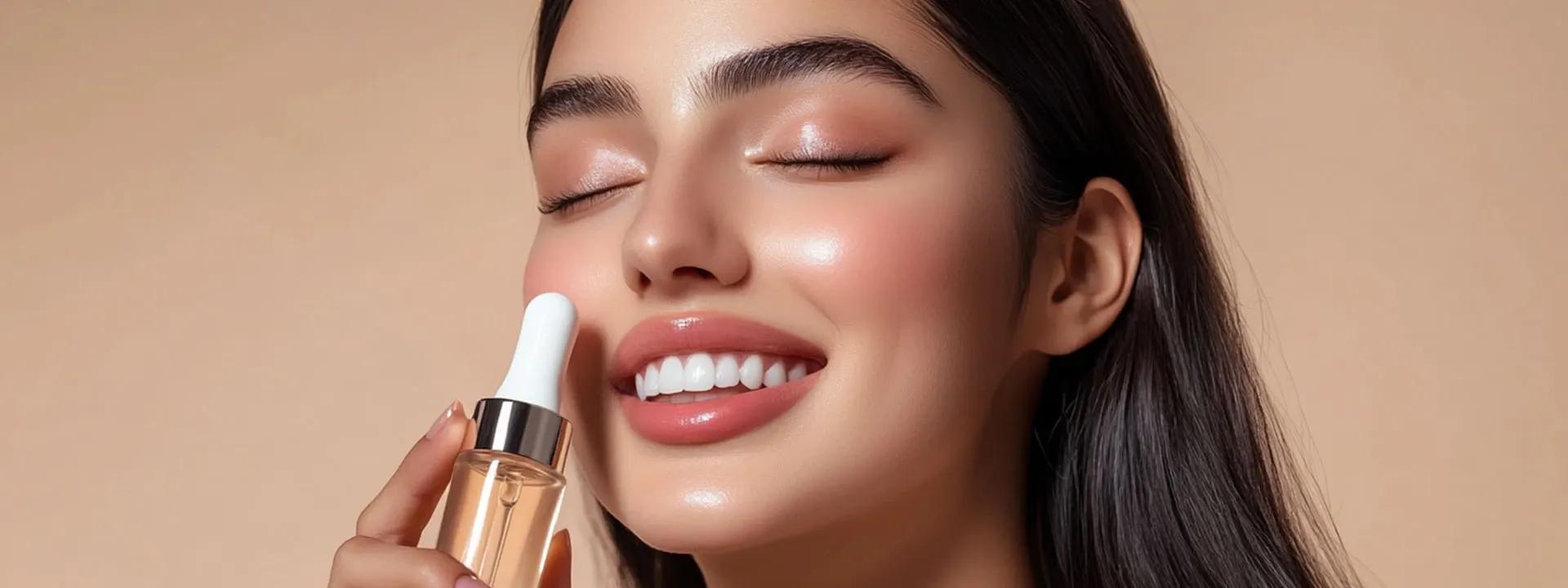Hold up gold and silver jewelry near your face. Which one makes your skin look brighter and more radiant? Gold usually flatters warm undertones, while silver complements cool undertones. If both look great, you're likely neutral.
Step 5: The White Paper Trick
Hold a piece of pure white paper next to your face. This will help you see your undertones more clearly. Cool undertones will make the white look crisp, while warm undertones might make it look slightly cream or ivory.
Your Complete Skin Color Name Collection
Now for the fun part - exploring all the gorgeous ways to describe different skin colours. This comprehensive collection will help you find the perfect words for your complexion and understand the language of skin type classification.
Classic Descriptors
These are your go-to skin colour names that most people recognize:
Fair: Porcelain, ivory, alabaster, pearl, cream
Light: Vanilla, sand, wheat, buff, bisque
Medium: Beige, honey, caramel, bronze, golden
Deep: Espresso, mahogany, ebony, cocoa, umber
Creative and Poetic Names
For when you want to get a bit more artistic with your descriptions:
Warm tones: Champagne, butterscotch, toffee, amber, cinnamon
Cool tones: Rose, blush, nude pink, cool beige, taupe
Neutral tones: Mushroom, greige, natural, true beige, balanced nude
Cultural and Heritage-Inspired Names
Many cultures have beautiful, specific terms for different skin tones that celebrate ethnic skin care traditions:
These names often reflect natural elements, foods, or precious materials that hold cultural significance. They're a lovely way to honour the diversity of human complexions across different communities.
Beauty Industry Terms
When you're shopping for makeup, you'll encounter terms like:
Shades often have numbers (like NC30 or 220) or descriptive names that include undertone information. Many brands now use cosmetic color theory to create more inclusive shade ranges that celebrate every skin tone.
Putting Your Knowledge to Work
Now that you're basically a skin tone expert, let's talk about how to use this knowledge in real life. Understanding your skin colour opens up so many possibilities for making choices that truly flatter you.
Foundation Matching Made Easy
Armed with your skin tone knowledge, foundation shopping becomes so much simpler. Look for shades that match both your depth and undertone. Don't be afraid to try samples or ask for help - most beauty advisors love helping people find their perfect match.
Fashion Colors That Flatter


 Combo
Combo Combo
Combo Combo
Combo 20 gm
20 gm